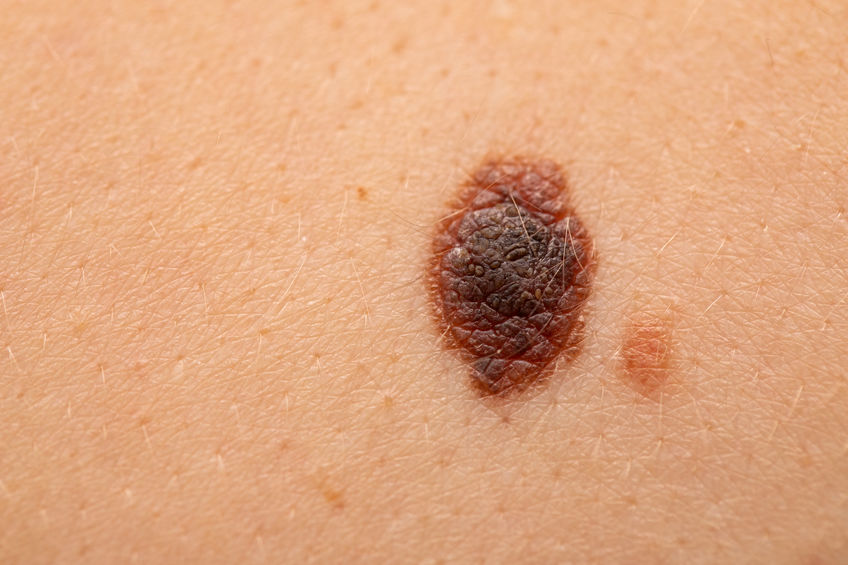While most moles are benign, some are cancerous. This can make it difficult to know when to seek out treatment for a mole and when to let it be. Annual screening skin examinations can clear up any questions that you have about whether or not a mole indicates skin cancer. But if you’re in between yearly screenings, you can use the following information to check for signs of melanoma. For a professional assessment of your mole, make sure to schedule an appointment at The Bowman Institute for Dermatologic Surgery.
The ABCDEs of Skin Cancer
Signs that a mole may be malignant melanoma include:
- Asymmetry, meaning that either side of the mole isn’t the same
- Border, meaning that the edges of the mole are blurry, ragged, or notched
- Color, meaning that the mole has multiple colors or changes in color over time
- Diameter, meaning that the mole has a ¼-inch or larger diameter
- Evolving, meaning that the mole changes in shape, size, or color; the mole may also cause new symptoms, such as itching, crusting, or bleeding
Types of Moles
There are multiple types of moles, and they can differ significantly in appearance. The large variation in the appearance of benign moles can make it tricky to tell whether or not a mole is a cause for worry. However, understanding the types of moles can be helpful as you check yourself for signs of skin cancer.
- Congenital moles appear at birth or during the first year of life. If a congenital mole is larger than 20mm, it has a heightened risk of developing into melanoma.
- Acquired moles are the most common type of mole. Developing after birth, acquired moles are usually smaller than ¼-inch in diameter with a symmetrical border and uniform color.
- Atypical moles feature the characteristics described in the ABCDEs of skin cancer. Having more than one atypical mole is genetic, with a higher number of atypical moles being linked to a higher risk of skin cancer.
When it comes to skin cancer, it’s better to be safe than sorry. Book an appointment at our facility for a meticulous skin examination.

